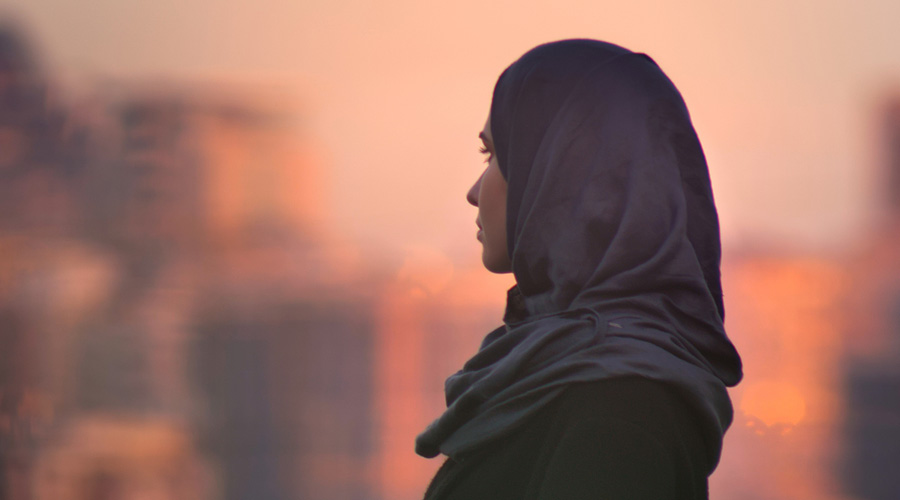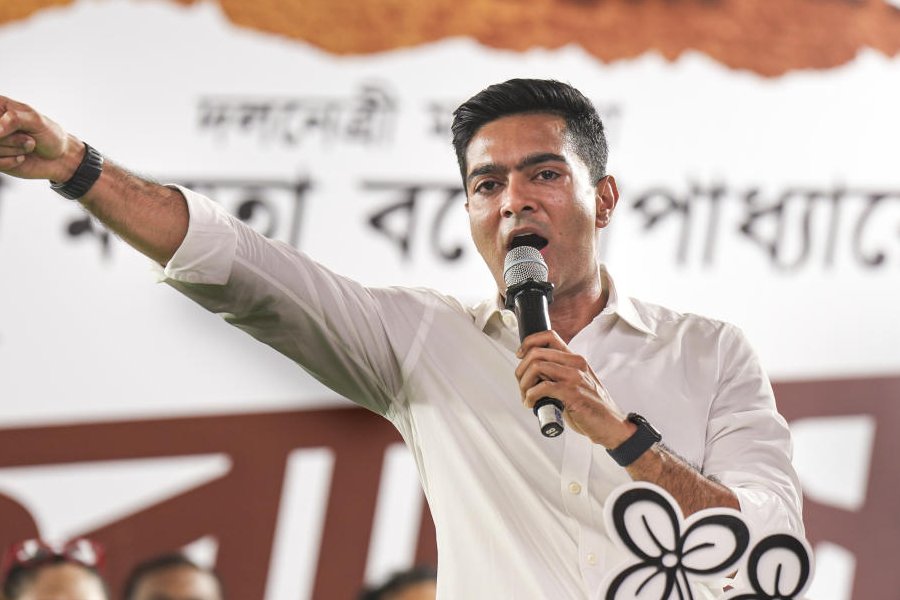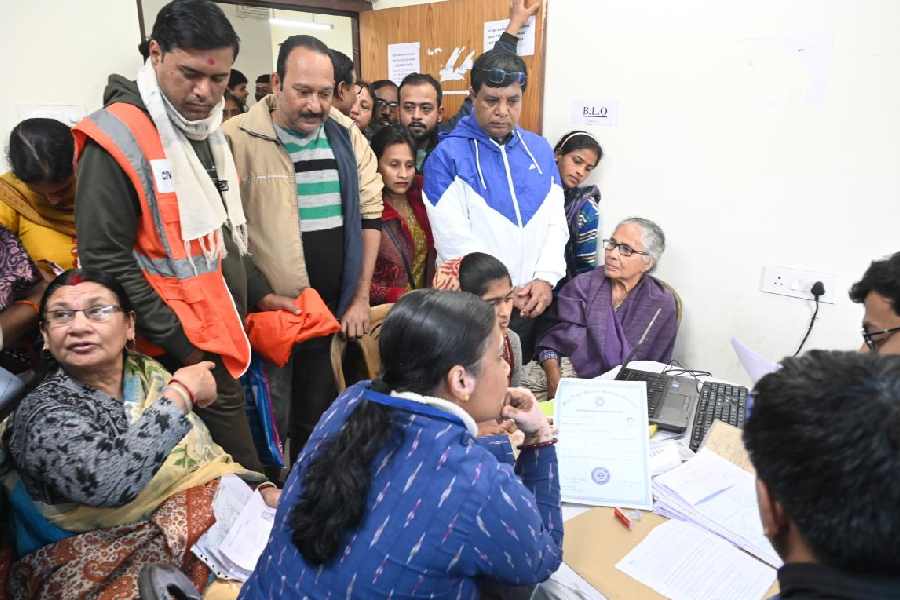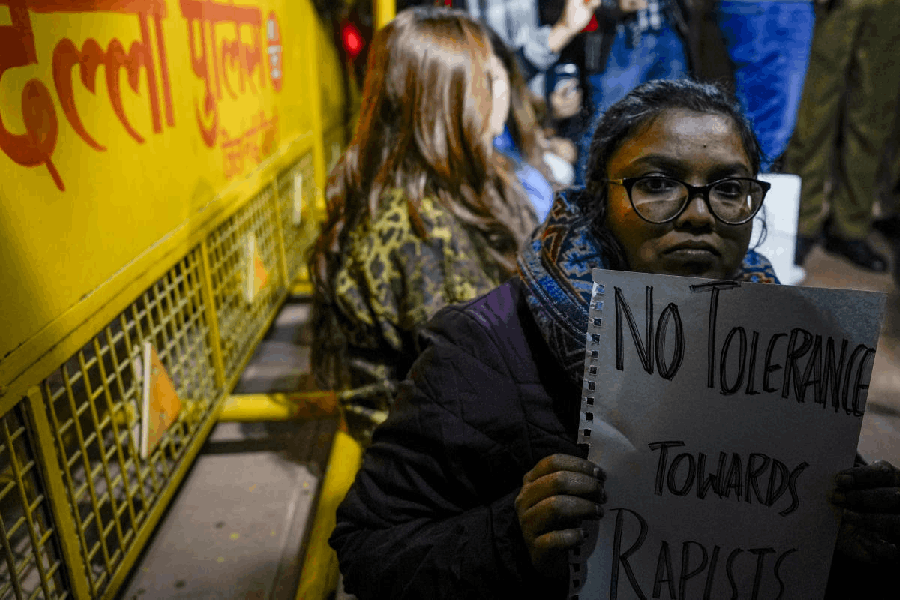On September 22, the Supreme Court concluded hearings on the permissibility of the hijab ban imposed on educational institutions in Karnataka. In a case with far-reaching ramifications, there are fundamental issues that must not be overlooked.
One mistake in any debate on the hijab ban is the focus on essentiality. In the Shirur Mutt case (1954), the Supreme Court had proposed the test of essentiality. The idea is that only those practices and rituals “integral to the religion” will be entitled to constitutional protection. This test has since become the bedrock for deciding religious freedom cases.
However, the essentially test is flawed. It often compels courts to interpret religious texts. Since judges are not theological experts, this exercise yields problematic results. For instance, a constitutional court is not competent to read the Quran and consider the varying interpretations of how essential the hijab is to Islam. The test is also problematic as it takes the individual out of the equation and solely looks at the association of the practise with the religion — its texts, rituals and concepts.
The question we must be primarily concerned with, however, is that of equality. Article 14 of the Constitution guarantees equality before the law and Article 15 prohibits discrimination on grounds, including sex and religion. The hijab ban is a case of discrimination on the basis of both sex and religion. Discrimination based on multiple identities is conceived as ‘intersectional discrimination.’ Here, discrimination takes place when two identities intersect: of being Muslim and a woman. In Navtej Singh Johar vs Union of India, while decriminalising homosexuality, the court recognised that the constitutional prohibition of discrimination is not only meant to protect monolithic identities but instances of intersectional discrimination.
The Karnataka government had also passed an order stating that clothes violating “law and order” must be banned and schools are free to prescribe the dress code. Many argue that the executive order by the state of Karnataka — validated by the high court — is neutral among religions. This brings us to the doctrine of indirect discrimination. A seemingly neutral criterion impacting one protected group worse than the other is a classic case of indirect discrimination. An instance of this type of treatment is when an employee who wants to hire only men insists on a height requirement for potential candidates. In Col. Nitisha vs Union of India (2021), the Supreme Court recognised that discrimination can also be impact-based.
Under this lens of indirect discrimination, Muslim women are certainly worse off compared to other groups as a result of the order. The specific mention of the targeted group is not necessary under indirect discrimination. Therefore, the hijab ban must be identified and deliberated upon as a question of discrimination. The question of essentially, therefore, becomes redundant.
The right to wear the hijab is also an integral aspect of the right to express oneself guaranteed under Article 19. None of the petitioners has a case that the school uniform would not be worn. Hijab is worn along with the prescribed dress code in school.
In Puttaswamy vs Union of India (2017), the Supreme Court extended the right of privacy over “choices expressed in public such as faith or modes of dress”. The court cautioned: “I (sic) do not think that anybody would like to be told by the State as to what they should eat or how they should dress or whom they should be associated with either in their personal, social or political life.”This is precisely what the state must not be allowed to do: tell Muslim women what to wear in school.
The hijab ban also threatens India’s secular fabric. Hindu students can wear the bindi and Sikhs the turban. No artificial distinction can be drawn to exclude Muslim women. The Indian concept of secularism is ameliorative and accommodative. Indian diversity thrives in this toleration. This toleration is worth saving, as worthy as saving the Constitution.
Thulasi K. Raj is a lawyer at the Supreme Court of India










